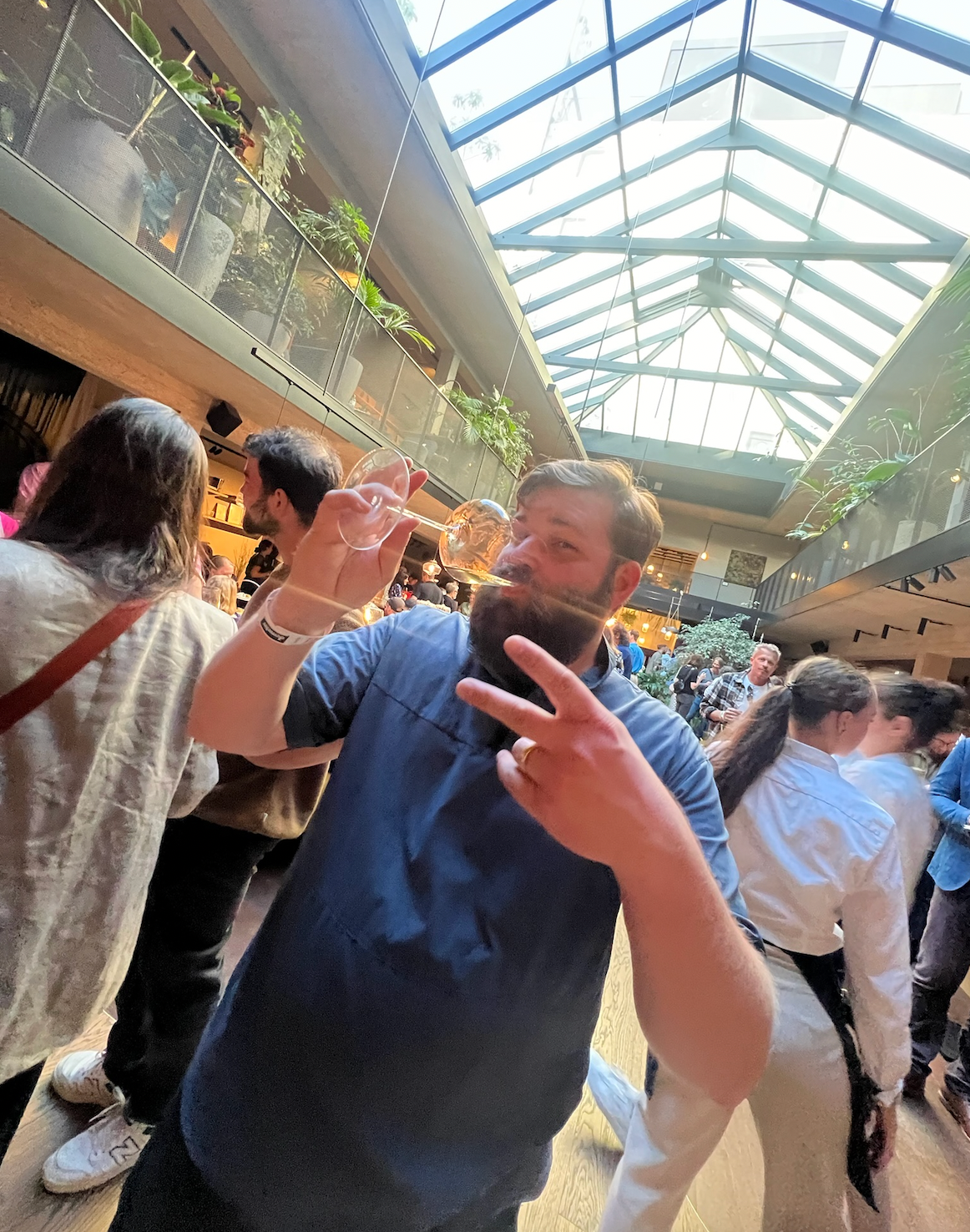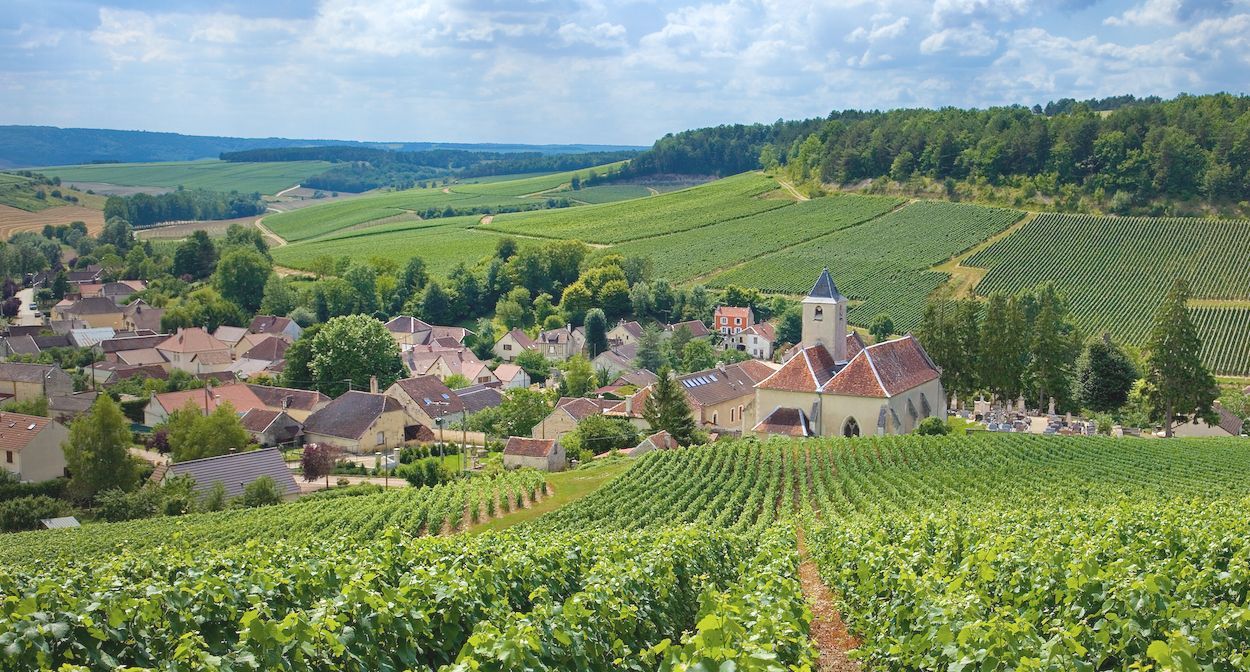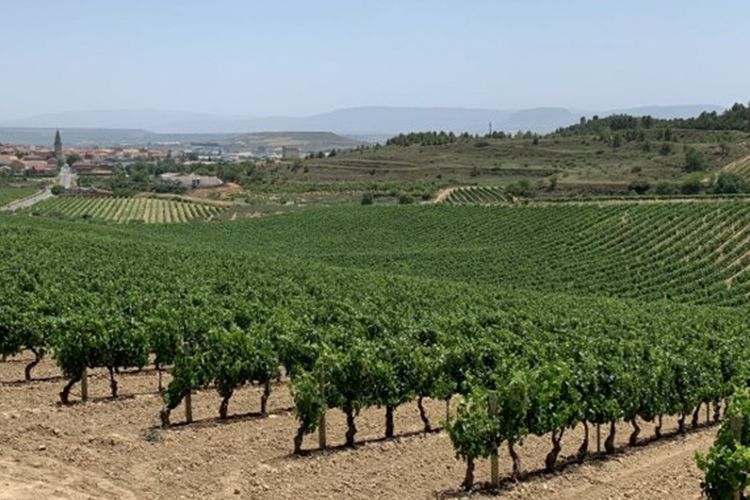Bryn Mawr, Where Chardonnay Reigns (Part 2)
The views!! The best views we had the entire trip. Bryn Mawr hangs on the edge of a mountain that overlooks the entire valley, and David Lauer is king of that mountain and was our host for this short but significant stop.
David is the VP of Sales and Marketing and son of owners, Jon and Kathy, who purchased the property in 2009. We met last year when he visited Nashville to show his wines around town. That was my first time tasting the wines, but definitely not my last. Following that meeting I put all 3 of the wines available to me on the shelf. David sold me on the wines, the story, and the mentality of Bryn Mawr. When we decided to go to the Willamette Valley and started planning, I knew I had to make it by Bryn Mawr. David was a fantastic host, but we barely caught each other. He was headed out of the state for a wine dinner and we had a full day booked with only about an hour and a half to spare. But we put it to good use.
After a walk around the winery, totally full and being prepped for harvest, we settled out back on the porch to taste through some wines while staring out at that amazing view. They are so high up, in fact, that you can see 110 miles from right to left and nearly 40 miles straight ahead. There is a spectacular view of the Van Duzer corridor (something I’ll talk about later) and a cool breeze that never stops. So cool that they can often harvest 2-3 weeks later than the rest of the valley.
Bryn Mawr loves chardonnay. One of David’s main points was that chard reigns at Bryn Mawr and, he strongly believes, will reign over the entire valley in the near future (something that would have sounded ludacrious even 3 years ago). But, he wasn’t the only one. We heard over and over again, from winemaker after winemaker, that chardonnay isn’t only on the up but the future. Bryn Mawr is ahead of the game, even going as far as to pull up some of their pinot vines to plant chardonnay, something that many would still call crazy. Bryn Mawr chardonnays aren’t only their best sellers but their most critically acclaimed. They are chardonnays you will love. Light on the oak, bright and crisp but deep in flavor. One of the big revelations of the week was chardonnay, when we realized by the end of the trip they had been some of our favorite wines.
It has been a long time coming, David told us. For years Willamette Valley producers tried to mimic either the buttery ripe styles of Napa or the crispy styles of Chablis or nuanced styles of Burgundy. It is only in recent years that producers in Oregon have started to find their own style, and it isn’t one taken from these other regions. It is one of their own, one that sits somewhere in the in between. And it is amazing! This was my first full push into Oregon chardonnay, one I am super happy about and one I’ll preach hard going forward.
David wasn’t just focused on chardonnay, but anything against the grain. He preached, “Everyone here makes amazing pinot noir, why not make something different? How else will we stand out? Rachel (Rachel Rose - Winemaker and Vineyard Manager) has taken this and run with it.” He embodied this idea of difference and I love that. He poured for us an estate Tempranillo and, the star of the show, an estate Dolcetto. He dove into a story about pouring the Dolcetto for some Italian men that ranted and raved, and how Dolcetto fits so well into the climate and terroir of the Eola-Amity Hills but nobody would ever think to plant it or risk wasting good land on it, and his vision for varieties like these to grow in Oregon. The Dolcetto was amazing. We brought a bottle of it home.
Overall this was one of our favorite stops and the Bryn Mawr WV chardonnay ($25) is currently one of my favorites. It is typical of Willamette Valley Chardonnay in that it has a balance that California and Burgundy have gotten away from. It touches oak, but mostly neutral oak. It is fermented in sandstone and used oaked and aged in those same vessels sur lie for 11 months before bottling. It is crisp and dry and tastes of lemon, pear, some ginger and spice. Drink now. Drink cold. I can’t wait to get back and spend more time at Bryn Mawr.
One of the most memorable wines we drank the entire trip was the Bryn Mawr Estate Pinot Noir 2020, which was a wildfire year when most producers chose not to make wine. But Bryn Mawr made wine. See below to find out why. It is more of that authentic difference that I love about this place. (You can find more notes like this in the Tasting Guide (Part 6).
Bryn Mawr Estate Pinot Noir 2020
Fire year. Most people we talked to didn’t make any wine in 2020 or only white because the white grapes were pulled before the smoke moved in. But Bryn Mawr made their wine and David's excuse was amazing. He spoke to fires being a part of the region’s story now, like it or not. Wine people talk constantly about wine telling the story of time and place, “unless it's a story of a time or place we don’t like,” David cracked. Their 2020 wines tell the transparent story. They evoke a memory, one of pain yes, but a memory of a specific time and place. How cool is that?! There was smoke on the nose, but not much on the palate. It is juicy and spicy. They didn’t simply make the wine like normal but crafted them with the knowledge that smoke would be a major flavor in the wine. They used less oak, a fast ferment, lab yeast, and tried to keep it as juicy as possible. It isn’t even close to the best wine we had but it might be the coolest and most authentic, and to me that counts for a lot. I also think it will come to serve them in the future with more and more possibilities for fires. Practice makes perfect, they say. ($40)
The Wine Press
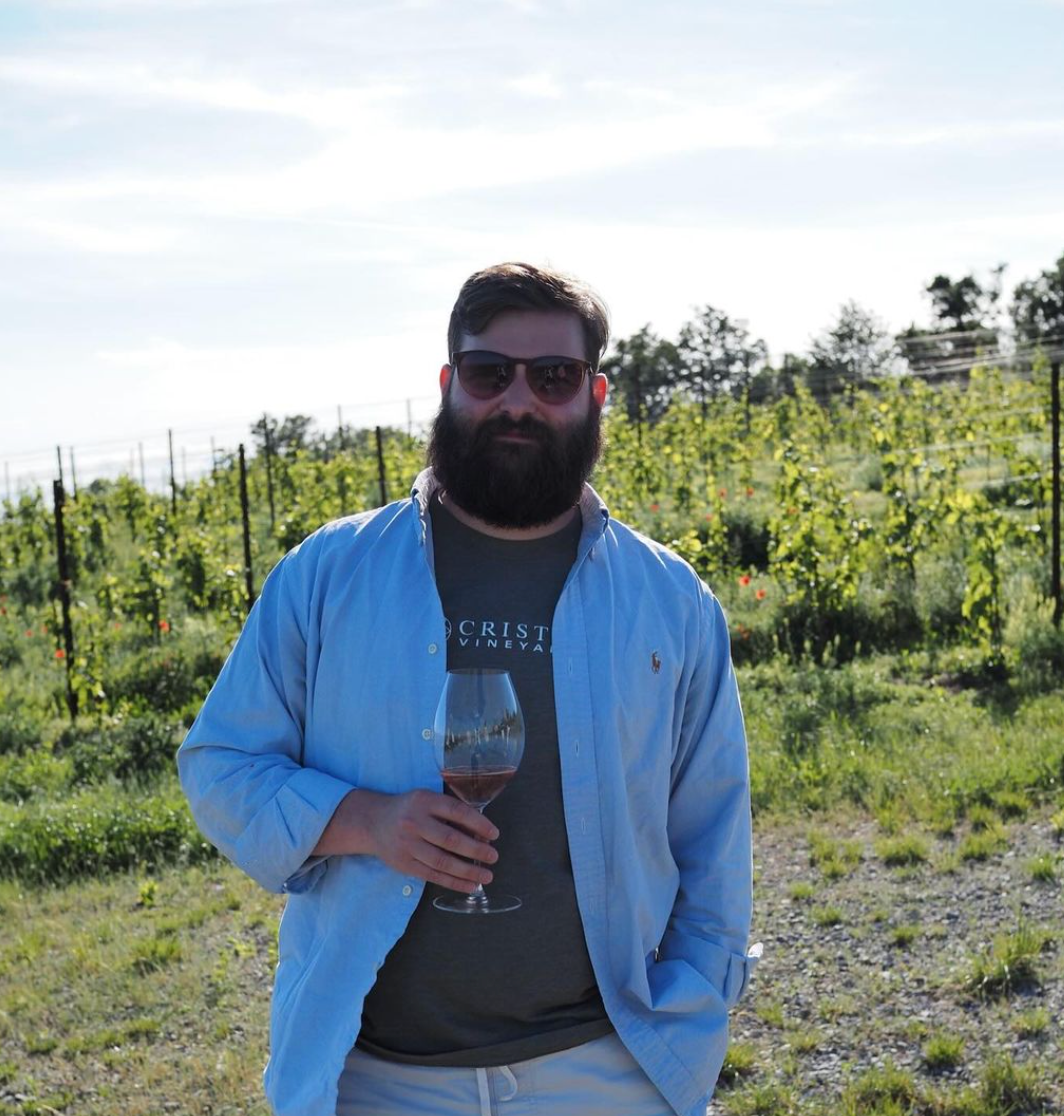
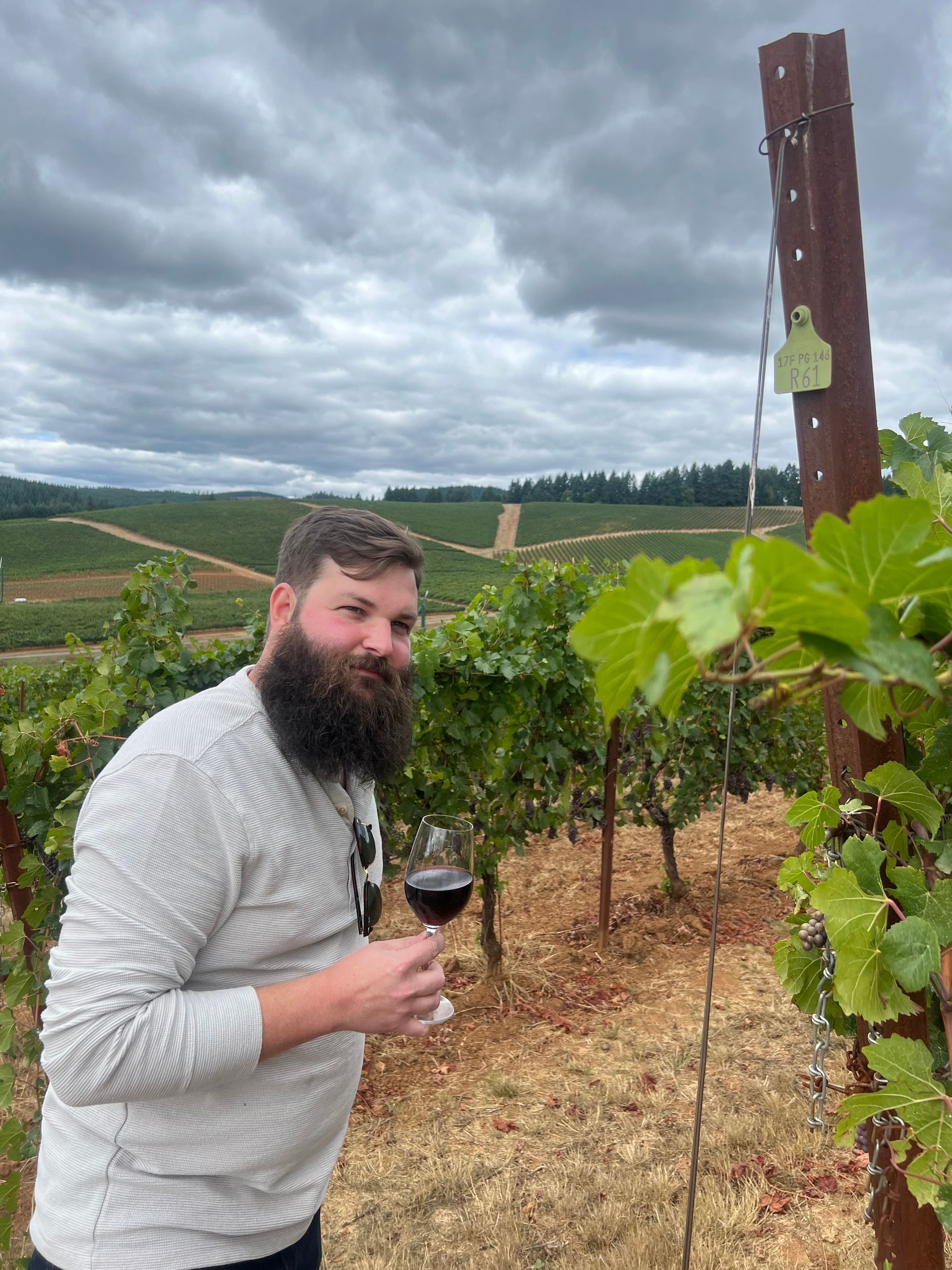

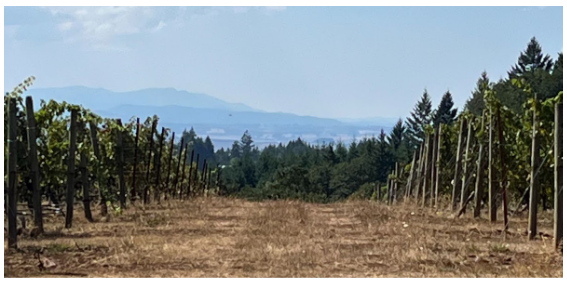
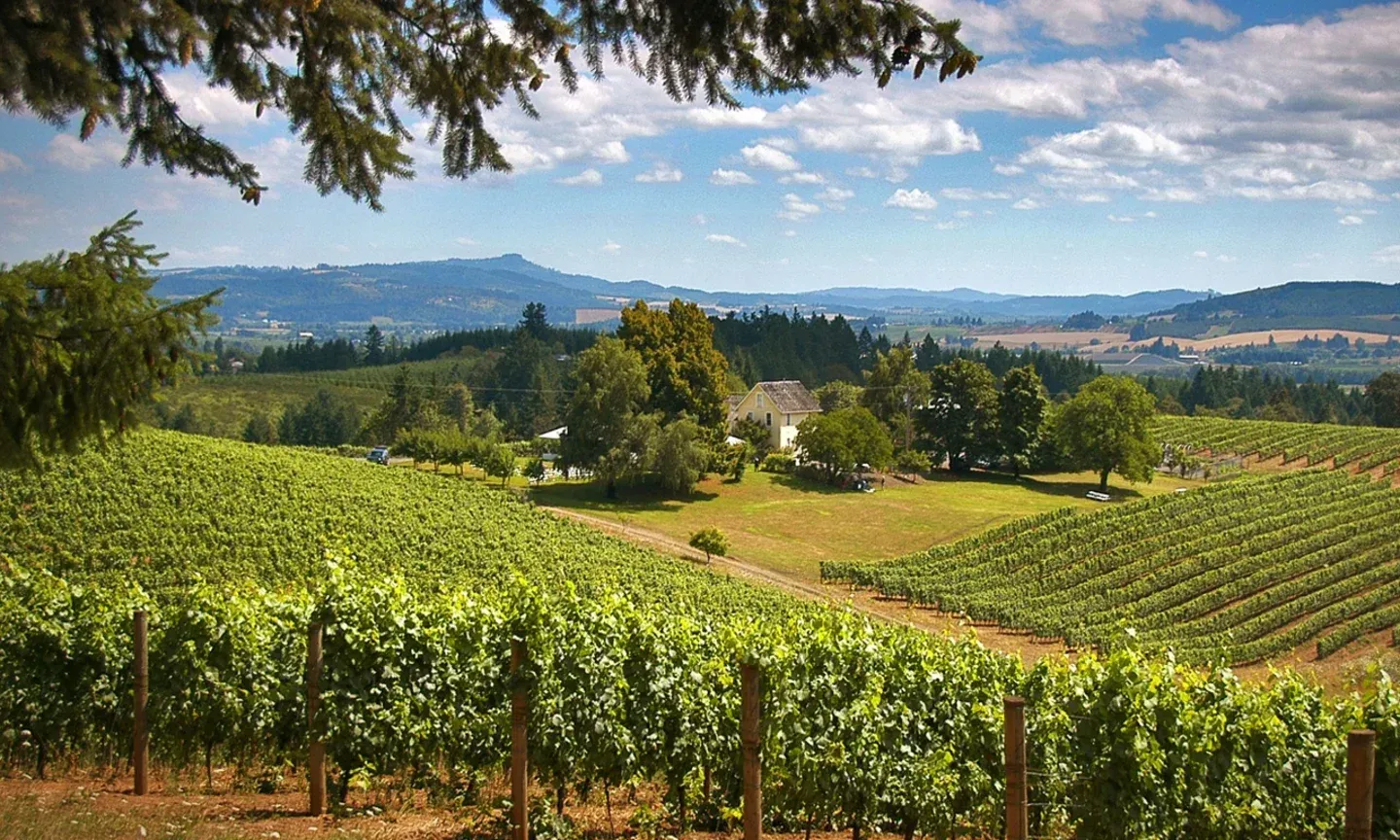
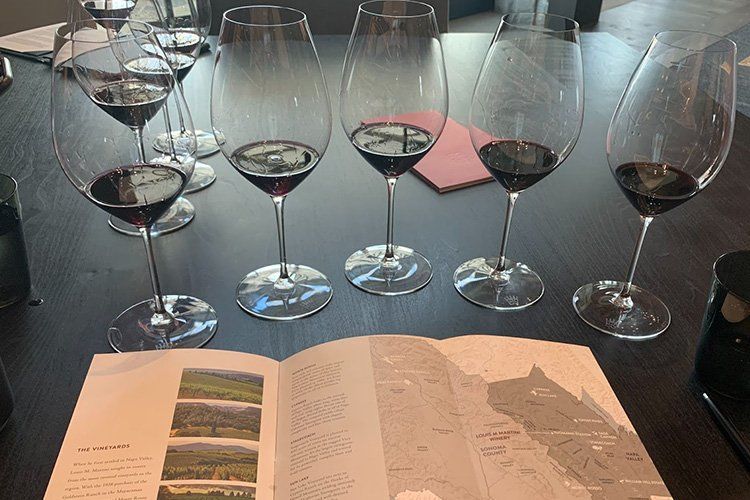
Store Hours
Mon - Thu: 9am - 9pm
Fri - Sat: 9am - 10pm
Sun: 10am - 6pm
Customer Feedback
All Rights Reserved | Frugal MacDoogal | Privacy Policy


